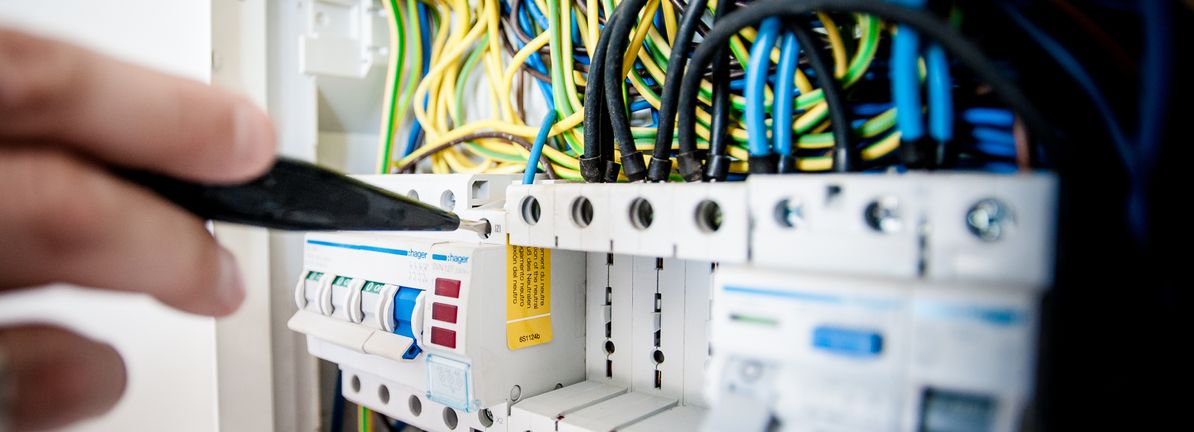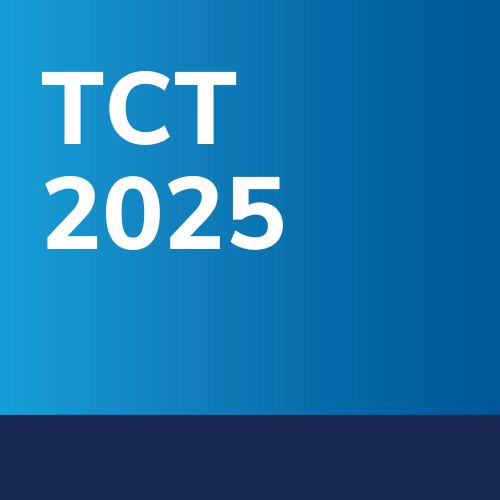Thinking about Exxon Mobil? If you are weighing your next move, you are not alone; the stock is on many investors’ watchlists lately. The past year offers a mixed bag: Exxon is up just 0.1% over twelve months, but a glance at the longer horizon shows a dazzling 339.4% jump over the past five years. Shorter time frames add more texture. The stock boasts a 7.5% gain year-to-date, edging higher by 2.8% in just the last week, and logging a modest 0.7% for the past month. That is a lot of numbers, but they point to a story of potential resilience and changing sentiment.
Recent headlines have buzzed around Exxon’s ambitious carbon capture plans, further progress in renewable energy investments, and regulatory updates in the energy sector. While these developments have not caused dramatic price swings, they have subtly influenced how the market values Exxon’s future positioning against both traditional oil peers and the new wave of energy transition stocks. For many investors, these signals have shifted perceptions of risk and growth in the sector.
At a glance, Exxon boasts a strong value score of 4 out of 6, suggesting it is undervalued in most of the key metrics analysts watch. Of course, there is more to the story than numbers alone. In this next section, I will break down the valuation checks in detail, and tease out an even deeper, better way to understand Exxon Mobil’s true value further down the road.
Why Exxon Mobil is lagging behind its peers
The Discounted Cash Flow (DCF) model estimates a company’s value by projecting its future cash flows and then discounting those projections back to today’s dollars. This approach helps investors understand what a business may truly be worth if they held every future dollar the business might generate.
For Exxon Mobil, the most recent twelve months’ Free Cash Flow stands at approximately $32.4 billion. Looking ahead, analyst estimates suggest steady growth, with projections climbing to $44.7 billion by 2029 and potentially higher through 2035, as extrapolated by Simply Wall St. Analysts supply the first five years of these forecasts, while the later years result from careful modeling based on historical performance and industry outlook.
Using these projections in the DCF model, Exxon Mobil’s intrinsic value is estimated at $288.47 per share. This is about 60% higher than its current market price, indicating that the stock appears undervalued on a cash-flow basis.
If these projections materialize, Exxon may present value that is difficult to overlook. For long-term investors, the DCF suggests a significant margin of safety compared to the current share price.







